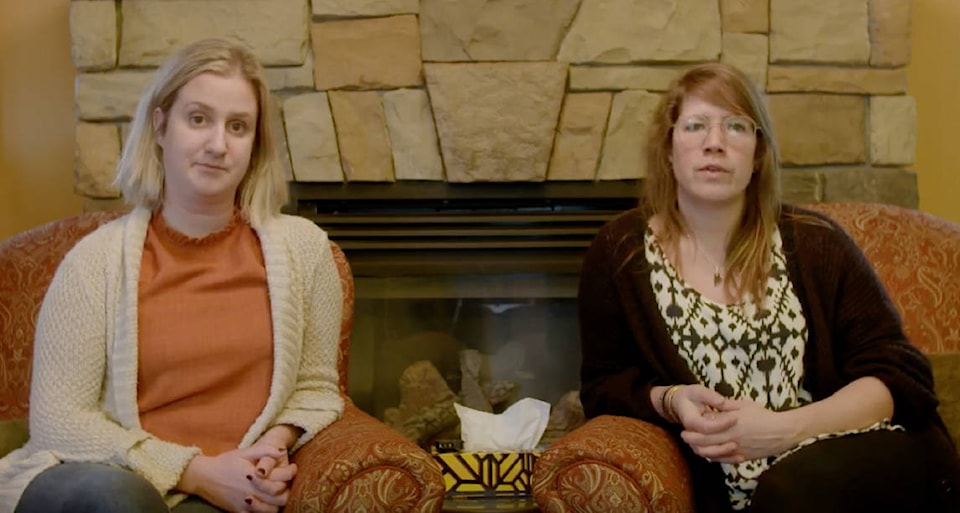The Fernie Women’s Resource Centre (FWRC) is trying to make it easier for survivors of sexual assault to know and understand their options with the launch of an informative video.
According to FWRC outreach worker Nicky Benzie, people in the Elk Valley are not necessarily aware of what their options are if they or someone they know have experienced a sexualized assault.
“I think that people might just think it’s just a black and white thing, that you have to go to the hospital and undress,” she explained. “It doesn’t have to just be completing a forensic rape kit. There’s lots of different options for people and they don’t have to feel like they have to know all of the answers right away.”
The video, which features both Benzie and RCMP vicim services worker Eveliene Eijsermans, lays out all of the different options that people have for dealing with assault and accessing services in the Elk Valley.
One of the options is for a full medical exam, explained Benzie.
“That can happen at the hospital where doctors and nurses will collect samples from your body and will provide evidence to the RCMP who will then create an investigation,” she said. “If you do go to the hospital you can get checked out and treated prophylactically for any sexually transmitted infections and you can get the morning after pill.”
The video explains that there is also something called a delayed report, which is only available at the hospital in Cranbrook. With a delayed report, the survivor undergoes a full forensic exam but the evidence isn’t immediately sent to the RCMP. Benzie explained that the evidence is “stored for up to a year at the hospital and then you can decide later if you want to go and make a full report.”
Another option, according to Benzie, is a third party report that does not include going to the hospital at all.
“It’s talking to a support worker and providing the details of the assault without identifying yourself. So the RCMP gets the information but they don’t have the survivors name on it. That then goes into the RCMP database.”
That way, she explained, if police receive another report of sexual assault that is similar to one already in the database, they can contact the support worker and have them reach out to the survivor to see how they wish to proceed.
There is one other option available to survivors of sexualized violence and that is to not report it at all. Benzie noted that survivors “don’t have to do anything” and that they can “get support from friends or a professional and just leave it at that.”
When they decided to do the video, which was written and produced by counsellor Kat Boag-Munroe, the FWRC just wanted to make sure people understood what services were available to them.
“Sexual assault is one of the most under-reported crimes in Canada and I think that’s because a lot of people have a lot of misinformation about the system and think that there isn’t a lot of ways that you can self-navigate,” Benzie said. “The video is not only to educate survivors but people who may be guiding people long that system too.”
Sexual assault is one topic that carries a lot of stigma and taboo in our society, meaning it isn’t always easy for people to reach out after experiencing an assault. This video, which can be viewed on the Fernie Women’s Resource Centre’s YouTube page, is trying to make the journey for assault survivors more informative and less shrouded in misinformation.
editor@thefreepress.ca
Like us on Facebook and follow us on Twitter
